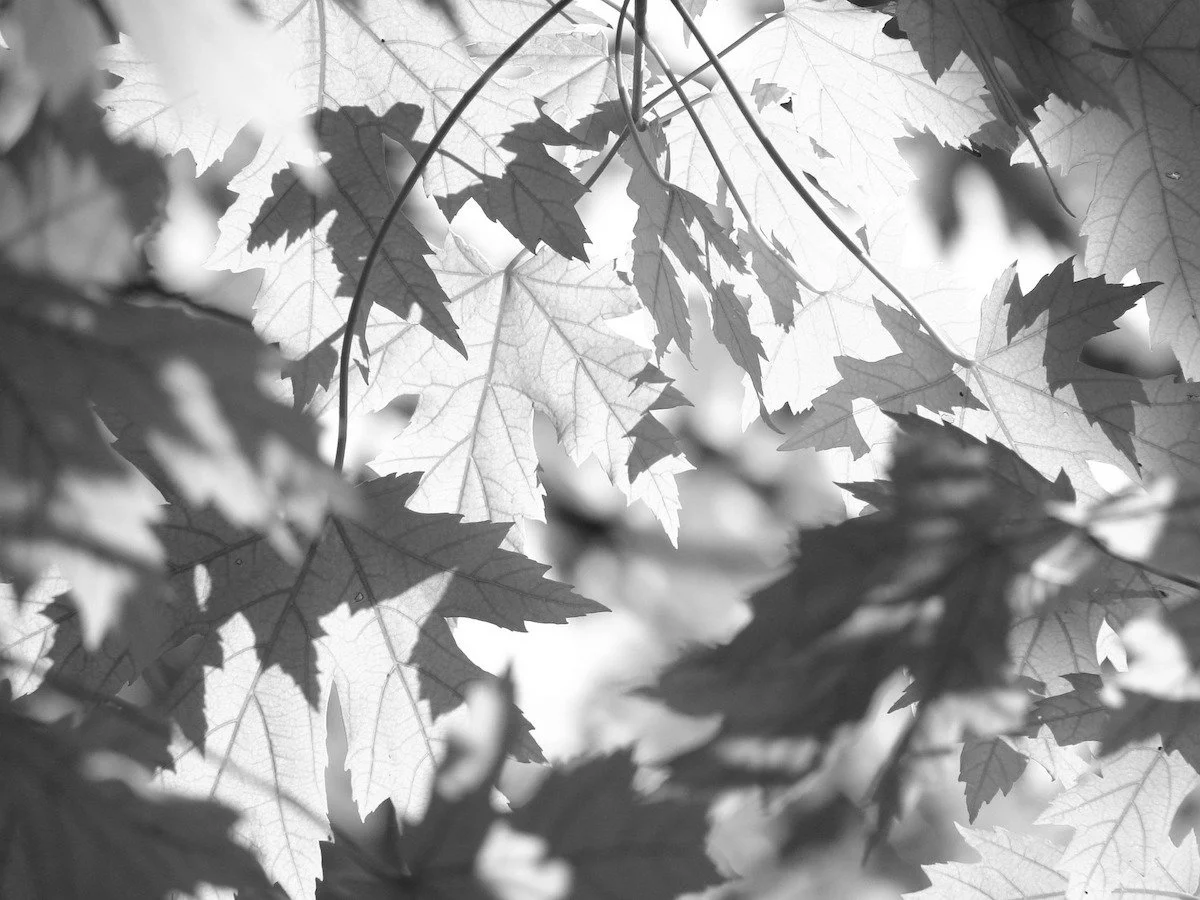People ask me what Feldenkrais is. What if you could move without any contradictions? What would that look like?
Read MoreWho is more vital? Look at Moshe's posture (right), his orientation over the hip joints, his uprightness and presence compared to Dr. Pribram.
Read More"It must be fully realized from the start that the learning process is irregular and consists of steps, and that there will be downs as well as ups.”
Read MoreRelearn developmental patterns so they no longer carry the emotional tone of a lifetime of bracing.
Read MoreHow much muscular work is required, and when does it cross the line into effort?
Read MoreWhat does "omit needless words” have to do with movement?
Read MoreHow to create a responsible, connected, trainable nervous system: Notes from the world of dogs.
Read MoreIn all human domains, we need contrast—a comparison—to know anything.
Read MoreAn overview of how the learning process works. A good place to start to understand the method.
Read MoreQuestions from students that are good for everyone.
Read MorePerfect mechanics does not guarantee perfect movement.
Read MoreWe can train ourselves to locate pleasant sensations using our awareness. This makes us happier.
Read MoreEstablish comfort, rebuild components, learn new patterns.
Read MoreMoshe Feldenkrais often referred to the aesthetics of movement. "It must be aesthetically pleasing," he said.
Read MoreEven as my mental faculties propelled me forward, I was in tremendous physical pain. I couldn't think my way out of it, I knew I needed something, but what?
Read MoreIf you are always teaching yourself that you have limits, you'll never move past them.
Read MoreHow awareness leads to intolerance—of stress, tension, and more.
Read MoreRegardless of performance, it’s the connection that matters.
Read MoreAristotle says learning is pleasurable, but letting go is hard.
Read MoreThe "insight mindset" comes from letting go and wandering.
Read More




















